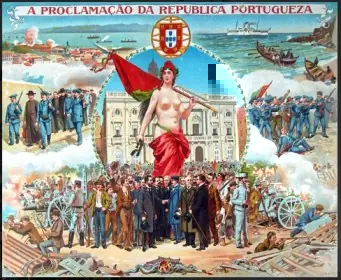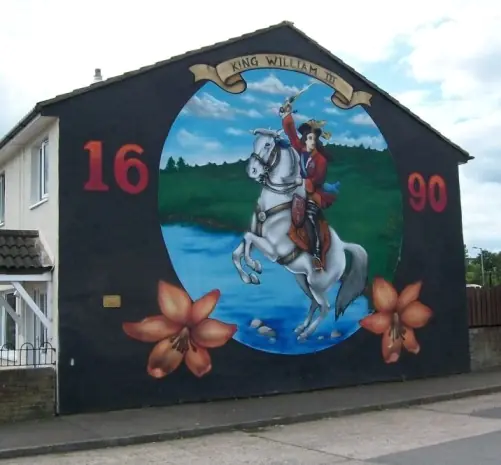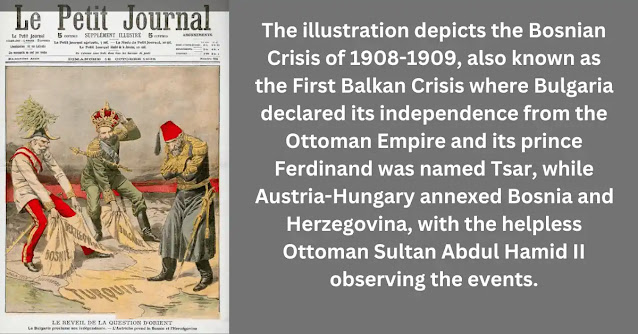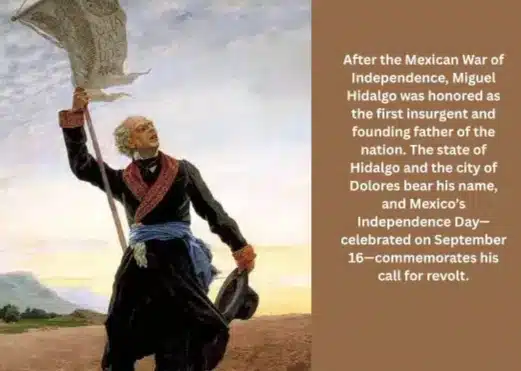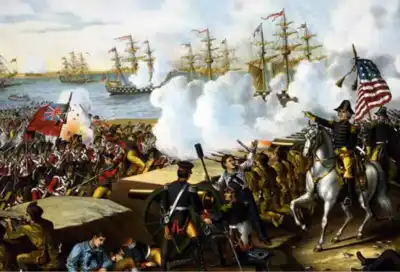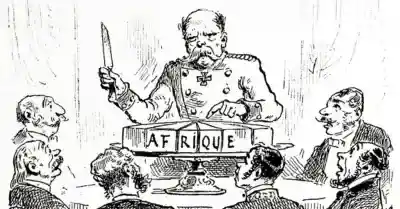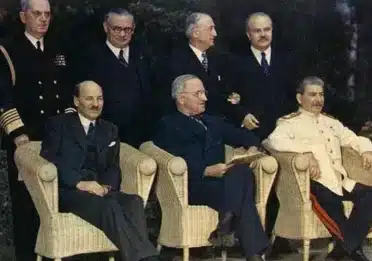Romania’s Christmas revolution: Ceaușescu’s Dramatic Downfall
On Christmas Day 1989, Romania’s tyrannical communist dictator, Nicolae Ceaușescu, and his wife Elena faced a firing squad after a summary trial, abruptly ending one of Europe’s most oppressive regimes. Their execution marked the climax of a revolution that had erupted days earlier in Timișoara, where security forces violently crushed protests against decades of economic despair and political terror. As dissent spread, Bucharest descended into chaos—soldiers defected, civilians took up arms, and the streets became a battleground. By Christmas, the Ceaușescus were dead, but not before over 1,100 lives were lost in the violence.

This was no mere coup; it was a desperate uprising against 42 years of communist rule. Thirty years later, Romania has transformed into a functional EU state, yet the revolution’s legacy remains contested. Urban prosperity masks rural poverty, emigration drains the nation’s youth, and trials against former regime figures drag on, unsatisfying to those seeking closure. For families of the fallen, Christmas is a day of mourning, not celebration—a reminder of bloodstained snow and promises of freedom still unfulfilled.
💻 Table of Contents:
- Causes of the Christmas Revolution in Romania
- Romania Before Communist Consolidation
- Christmas Revolution and the Fall of Communism
- Romania’s Strategic Balancing Act Within the Warsaw Pact
- Romania’s Troubled Transition to Democracy
- External Involvement in the Romanian Revolution
The term “Christmas Revolution” is used because the fall of Ceaușescu’s dictatorship reached its bloody finale on Christmas Day, when the dictator and his wife were swiftly tried and executed, ending decades of repression. The “Christmas Revolution” lives on in memory: a defining struggle for democracy, paid for in sacrifice and shadowed by unanswered questions.
Causes of the Christmas Revolution in Romania:
The Christmas Revolution in Romania in 1989 was fueled by severe economic hardship, particularly major food crisis, fuel, energy, medicines, and other basic necessities. These shortages were worsened by Nicolae Ceaușescu’s policies, which prioritized agricultural exports to pay off foreign debt, leaving little for Romanian citizens. The resulting hunger and desperation turned public sentiment sharply against the communist regime.
Massive protests and street demonstrations erupted as people demanded political change and an end to Ceaușescu’s authoritarian rule. The regime responded with brutal repression, ordering the army to attack protesters, which further enraged the population. The violent crackdown only intensified the uprising, spreading unrest across the country.
The broader collapse of communism in Eastern Europe also played a role, as the dissolution of the Warsaw Pact weakened Ceaușescu’s support from other communist states. With the communist bloc crumbling, Romanians felt empowered to challenge their oppressive government. The loss of external backing left the regime isolated and vulnerable.
Ceaușescu’s downfall became inevitable when the Romanian military turned against him and chose to stand with the people. With the armed forces refusing to carry out his commands, he was swiftly arrested, put on trial, and executed on December 25, 1989. This moment brought an abrupt end to communist rule in Romania and signaled the start of a new chapter in
Romania Before Communist Consolidation:
Romania’s history has been shaped by successive conquests and cultural shifts. The region, originally inhabited by the Dacians (an ancient Indo-European people), was conquered by Rome under Emperor Trajan (98–117 CE) and became a Roman province. After Rome’s decline, the area faded from historical records during the Dark Ages (5th–10th centuries CE). By the 14th century, the principalities of Wallachia and Moldavia emerged as independent states, only to fall under Ottoman rule in the 15th–16th centuries. In 1859, these principalities united to form Romania, which gained full independence in 1878 and became a kingdom in 1881.
The early 20th century saw Romania expand its territories, particularly after joining the Allied Powers in World War I and acquiring Transylvania in 1918. However, during World War II, Romania initially allied with the Axis Powers in 1941 before switching sides in 1944 as Soviet forces advanced. This shift proved pivotal, as post-war Soviet occupation paved the way for Communist influence. By 1947, King Michael I was forced to abdicate, and a Communist regime was established, marking the end of Romania’s monarchy and the beginning of Soviet-aligned rule.
Before Communist consolidation, Romania experienced a brief period of multi-party governance, but Soviet pressure ensured Communist dominance. The country’s trajectory was irrevocably altered as it became a People’s Republic, setting the stage for Nicolae Ceaușescu’s eventual rise in 1965. This period of transition—from a kingdom to a Soviet satellite—highlights how geopolitical forces reshaped Romania long before Ceaușescu’s repressive regime took hold. Only after 1989, with his overthrow, did Romania begin its journey toward democracy and eventual integration into NATO (2004) and the EU (2007).
Christmas Revolution and the Fall of Communism:
In Communist Romania, the Securitate (Romania’s secret police of the Cold War) was widely feared for its harsh methods, but its role in maintaining state control was more complex than just repression. Historian Stefano Bottoni reveals that beyond violence, the Securitate evolved into a tool of social surveillance and ethnic repression, especially in regions like Transylvania. Following the 1956 Hungarian uprising, Romania’s leadership, led by Nicolae Ceaușescu, feared a similar nationalist threat and reshaped the Securitate into a mechanism for monitoring minority populations, particularly Hungarians in Székely Land.
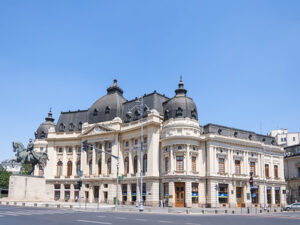
Ceaușescu promoted a strategy that encouraged mass cooperation with the secret police, urging citizens to report on each other in the name of patriotism. By the early 1960s, more than 110,000 civilian collaborators (Surveillance agents) had been recruited by the Securitate. This expansion of surveillance did not just maintain regime control—it created an atmosphere of fear and mistrust that penetrated Romanian society deeply. As economic hardship worsened in the 1980s, the Securitate increasingly became the regime’s only reliable source of public sentiment.
Ironically, in its final years, the Securitate—originally designed to suppress dissent—ended up documenting the system’s collapse. Internal reports began highlighting widespread dissatisfaction, ethnic grievances, and political disillusionment, which the Communist Party leadership largely ignored. By the time the Romanian Revolution or Christmas Revolution erupted in 1989, the disconnect between propaganda and public reality was too vast to contain, and the very structure built to preserve Ceaușescu’s power became a silent witness to its downfall.
Romania’s Strategic Balancing Act Within the Warsaw Pact:
From a historical and geopolitical perspective, Romania’s relationship with the Warsaw Pact (1955–1991) reflected its struggle to reconcile Soviet bloc obligations with national sovereignty. Initially a compliant member after joining in 1955, Romania began asserting autonomy by the 1960s—rejecting Soviet troop deployments, developing an independent defense doctrine, and openly opposing Moscow’s interventions, such as the 1968 entry of “brotherly forces” into Czechoslovakia, a stance that later sparked widespread debate and differing opinions. This defiance, rooted in Ceaușescu’s national-communist agenda, showcased Romania’s unique position as a Warsaw Pact member that resisted Soviet hegemony while avoiding outright expulsion.
Geopolitically, Romania’s divergence was pragmatic. By the 1980s, it cultivated ties with the West (even participating in the Soviet-boycotted 1984 Olympics) and prioritized economic self-reliance, despite facing isolation within the Eastern Bloc. The Securitate’s vast surveillance apparatus not only suppressed dissent but also monitored Soviet influence, reflecting Bucharest’s dual focus on internal control and external independence. Romania’s stance demonstrated how smaller states could navigate Cold War bipolarity by leveraging strategic nonalignment within nominal alliances.
💻 You May Also Read:
- Warsaw Pact: The Forgotten Soviet Military Alliance
- The Cold War: Collapse of Soviet’s Communist Empire & American Triumph
- Christmas Revolution: Romania’s Fight for Democracy
The Warsaw Pact’s 1991 collapse formalized what Romania had long practiced: a break from Soviet domination. Its journey—from forced integration to calculated resistance—highlighted the tension between bloc solidarity and national interest. Today, Romania’s NATO and EU memberships underscore its post-Cold War realignment toward Western institutions, completing its transition from a Soviet satellite to a sovereign actor in Euro-Atlantic geopolitics.
In a secret approach to the United States government in October 1963, Romania sought to distance itself from compulsory participation in any Soviet-led conflict. This move followed the 1962 Cuban Missile Crisis, with Romania expressing its intention to remain neutral in case of war. It marked a significant shift in Romania’s foreign policy, eventually leading to its gradual disengagement from the Warsaw Pact by 1969.
Romania’s Troubled Transition to Democracy:
Romania’s post-1989 democratic transition has been uniquely challenging compared to other Eastern Bloc nations. Unlike negotiated transitions elsewhere, Romania’s violent revolution created deep political fractures between reformed communists (PSD) and anti-communist forces, leading to a decade of polarized pluralism (1990-2000). The political class – whether ex-communists or historical parties – prioritized clientelism over public service, converting state resources into private wealth while maintaining authoritarian political cultures. The sultanistic regime practiced by Ceaușescu left behind a culture of corrupt, personal rule, making post-communist elections empty formalities rather than genuine democracy.
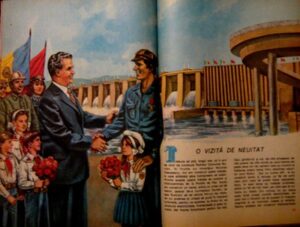
The 2000s brought superficial changes under EU integration pressures. While the PSD rebranded as a European-style social democratic party and achieved economic growth, corruption networks persisted through local political “barons.” Judicial reforms remained incomplete, with courts subordinate to the executive. The 2004 elections’ fragile coalition government exposed enduring flaws: electoral manipulation suspicions, personality-driven politics, and an opposition still defining its identity. Romania’s democracy remained procedural rather than substantive – adopting liberal forms without developing liberal norms of accountability or institutional checks. The transition thus created hybrid governance where formal democracy masks persistent authoritarian tendencies.
External Involvement in the Romanian Revolution:
The Romanian Revolution of 1989 was marked by significant external involvement, particularly from the Soviet Union and Warsaw Pact countries. While Romania’s provisional leadership, including Ion Iliescu, publicly denied requesting Soviet military aid, declassified documents and witness testimonies reveal that Soviet officials were approached for support. Soviet troops were positioned at Romania’s border, and discussions occurred between Romanian and Soviet military leaders, though direct intervention was ultimately vetoed by Romania’s chief of staff. Meanwhile, the U.S. and France tacitly supported potential Warsaw Pact intervention to suppress Ceaușescu loyalists, while Western media, especially Radio Free Europe, played a crucial role in undermining the regime through propaganda and mobilizing dissent.
Beyond military considerations, covert Western influence—including disinformation campaigns and support for dissidents—further shaped the revolution. The rapid spread of anti-government messaging via radio and television, both from abroad and newly liberated national broadcasts, accelerated the regime’s collapse. However, the full extent of foreign involvement remains disputed, as both givers and receivers of aid had political incentives to conceal their roles, leaving gaps in the historical record. The revolution thus emerged as a complex interplay of domestic uprising and external manipulation, setting it apart from other Eastern Bloc transitions in 1989.
Conclusion: Legacy of the Christmas Revolution and Lessons Learned
While the Christmas revolution ushered in electoral democracy and eventual NATO/EU integration, its legacy remains contested—marked by persistent corruption, elite capture, and democratic backsliding. The cancelled 2024 presidential elections, blamed on Russian meddling, show how Romania’s old problems—weak government systems, deep divisions, and foreign interference—still threaten Romania’s democratic stability.
The revolution’s lessons are stark: transitions from personalist dictatorships require more than regime change. Romania’s post-1989 trajectory shows that without robust institutional safeguards, democratic gains can erode, especially under geopolitical pressures. Today, as Romania faces renewed authoritarian threats and disinformation campaigns, its experience serves as a warning: defending democracy demands vigilance against both internal decay and external subversion. The real importance of the Christmas Revolution isn’t just about how it ended, but about continuing to fight for the fair democracy the protesters died for.

